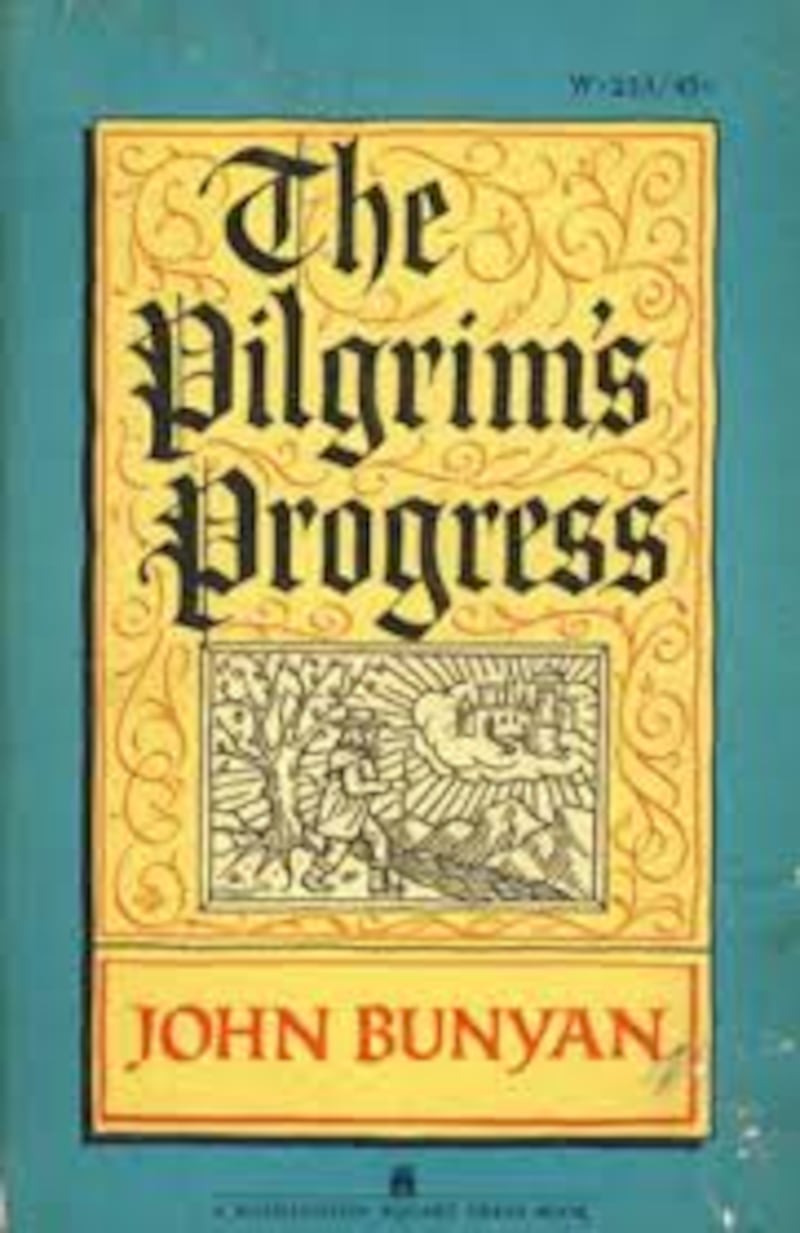
The Pilgrim’s Progress (1678), John Bunyan
“As I walk’d through the wilderness of this world, I lighted on a certain place, where was a Denn; And I laid me down in that place to sleep: And as I slept I dreamed a Dream.” The “Denn” in the opening line of John Bunyan’s allegorial novel had a real-life significance for its author. Bunyan wrote much of the book from the Bedfordshire county gaol after being imprisoned for religious beliefs. Considered by many to be the earliest example of a novel in English, it tells the story of everyman Christian, who sets out on a dangerous journey of enlightenment to the Celestial City atop Mount Zion.
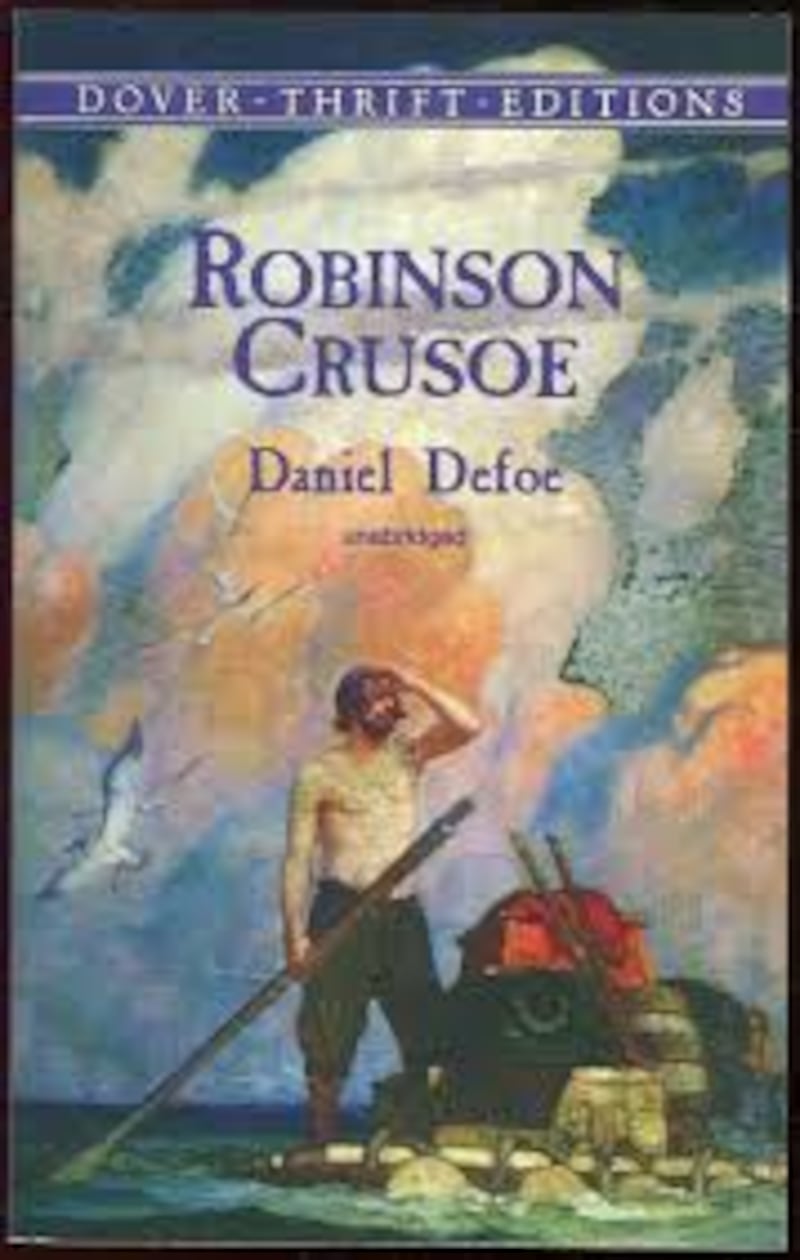
Robinson Crusoe (1719), Daniel Defoe
Defoe’s adventure story of a castaway has been appropriated in various guises by numerous authors over the centuries. The archetype remains a classic, with Crusoe and his companion Friday uniting to battle everything from wolves to mutineers. The original edition used Crusoe’s name as author as well as protagonist, prompting the belief that the novel was a non-fiction travelogue, with somewhat incredible storylines.
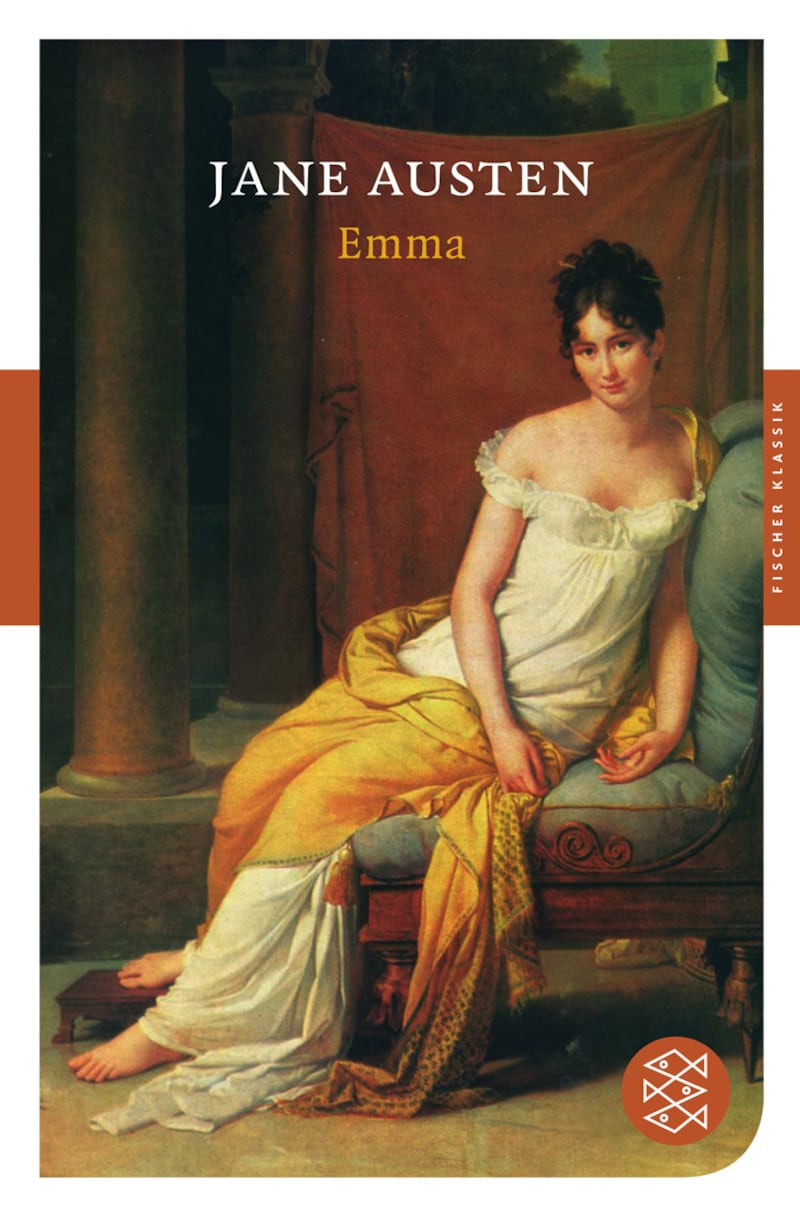
Emma (1815), Jane Austen
Although Austen’s work went out of print for a time after the author died, her six finished novels were revived in 1832 and have never been out of print since. The last of Austen’s novels to be published in her lifetime, Emma tells the story of a spoilt young woman who learns through experience the dangers of rushing to judgement. The privileged Emma Woodhouse is not the most sympathetic of characters, with Austen herself noting before beginning the book: “I am going to take a heroine whom no one but myself will much like.”
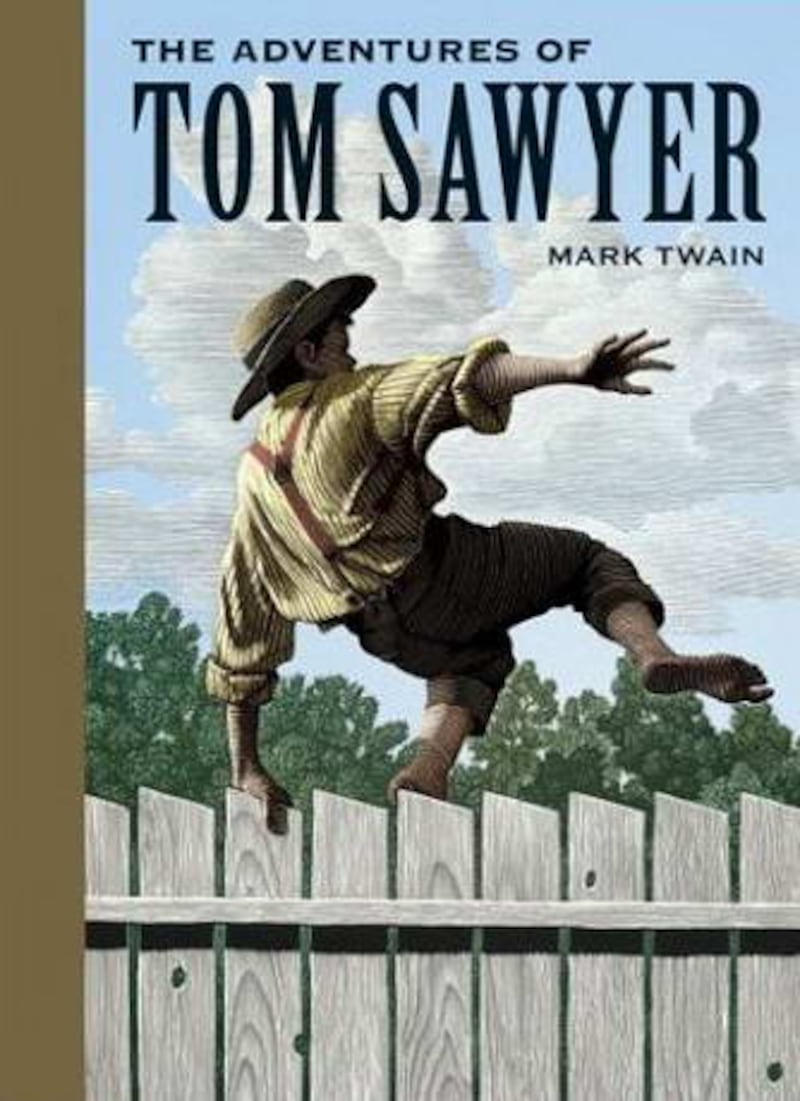
The Adventures of Tom Sawyer (1876), Mark Twain
A master of trickery, and of getting in and out of trouble, Tom’s adventures on the banks of the Mississippi have been keeping readers entertained for decades. From murders to hoards of treasure to romantic engagements, the escapades of Tom and his buddies Huck and Joe have spawned many spin-offs, including from Twain himself who followed up his success with The Adventures of Huckleberry Finn, another classic that remains in print.

Dracula (1897), Bram Stoker
An instant bestseller on publication, Dracula has been translated into multiple languages and has inspired numerous adaptations over the years, with more than 200 films to date featuring the count in a major role. Irish author Bram Stoker’s Gothic tale of corruption, bloodlust and betrayal centres on a Transylvanian vampire who tries to come to England to spread the curse of the undead. A classic tale of good versus evil, the novel is told in epistolary form through a series of letters, log and diary entries.
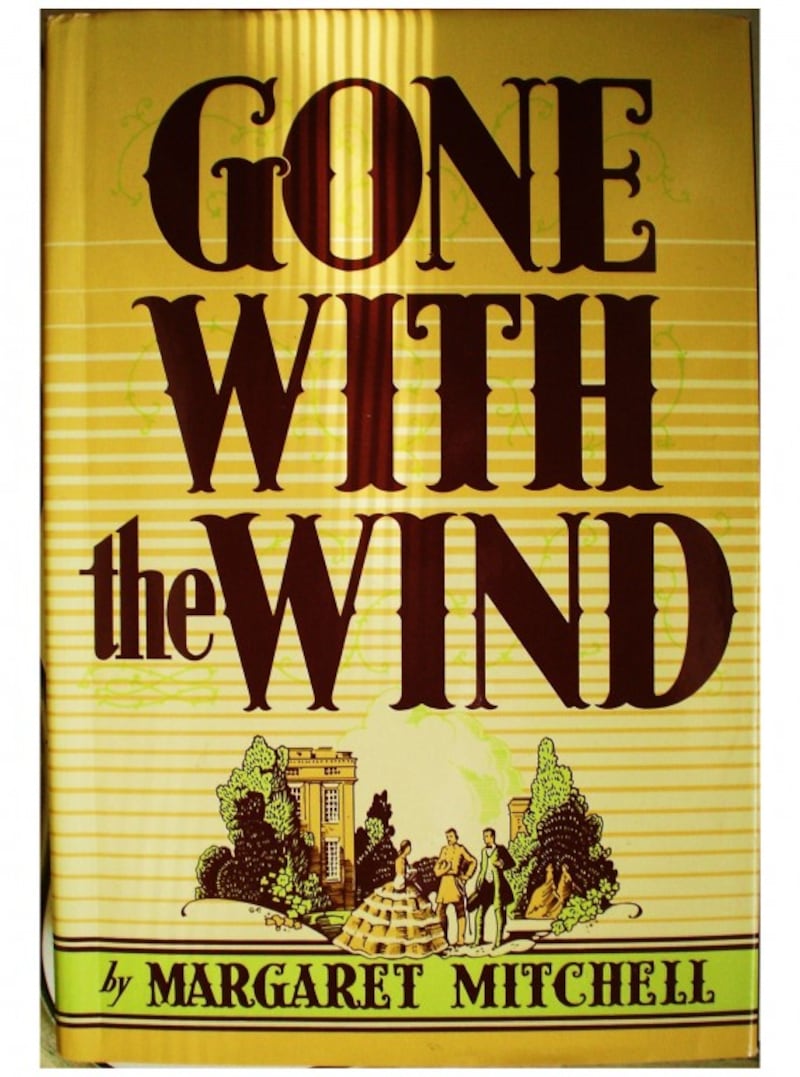
Gone with the Wind (1936), Margaret Mitchell
Set in the Deep South during the American civil war and reconstruction era, Mitchell’s novel tells the story of Scarlett O’Hara, the spoilt daughter of a wealthy plantation owner. Reduced to poverty on account of the war, Scarlett goes to huge lengths to save her beloved homestead Tara. Mitchell’s coming-of-age story follows Scarlett and her tempestuous relationships with a rich array of characters at a very interesting time in American history.
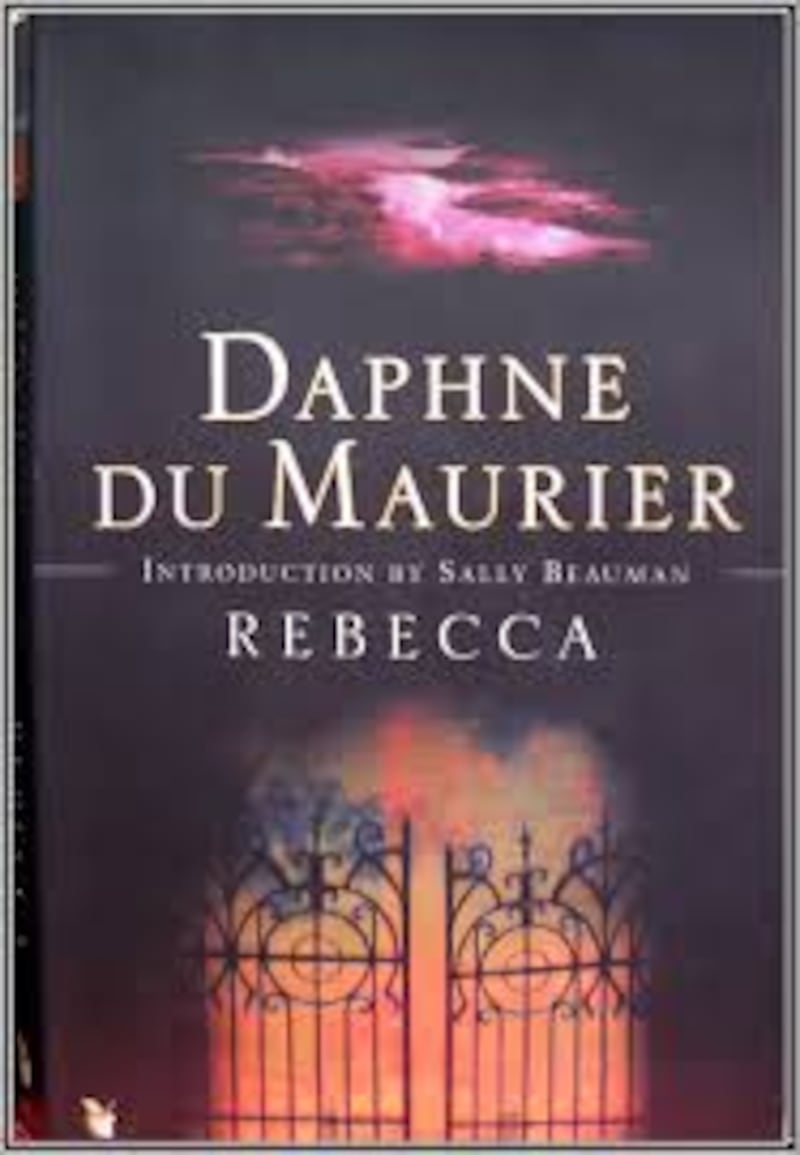
Rebecca (1938), Daphne du Maurier
“Last night I dreamt I went to Manderley again.” With its famous opening line, Rebecca was a moderate bestseller at the time of publication but has since become a classic that has never gone out of print. Daphne du Maurier’s masterpiece tells the story of a second wife living with the ghost of her predecessor. After a whirlwind courtship, the timid Mrs de Winter arrives at Manderley hoping for a better life with her new husband Max. Instead she meets the creepy housekeeper Mrs Danvers, whose allegiance to Max’s first wife Rebecca unearths a murky past.

The Fountainhead (1943), Ayn Rand
Rand is best known for her novels The Fountainhead (1943) and Atlas Shrugged (1957), both of which have remained in print since publication. Rejected by multiple publishers as “too intellectual”, The Fountainhead eventually became a bestseller and was the author’s first major literary success. Exploring the nature of creativity and how best to nurture it, the architect Howard Roark is Rand’s noble protagonist, fighting for the “integrity of his creative work against every form of social opposition.”
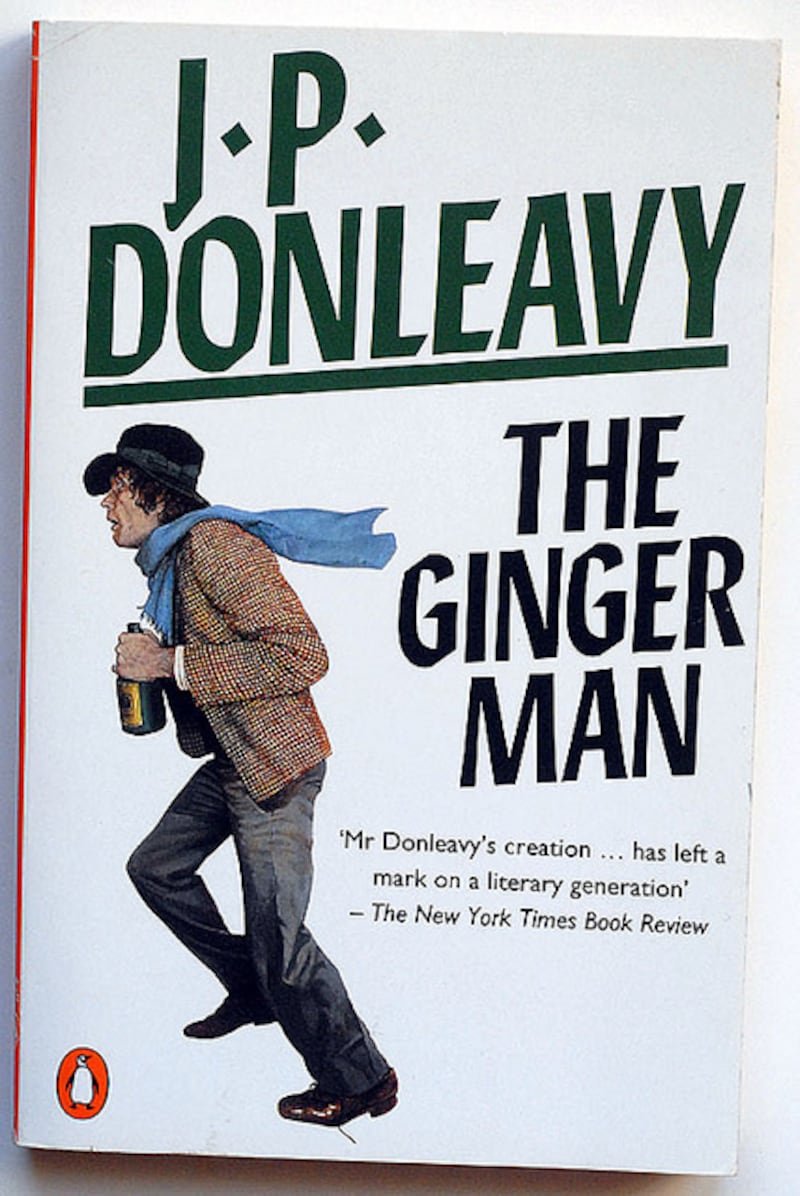
The Ginger Man (1955), JP Donleavy
“There was a man/Who made a boat/To sail away/And it sank.” Banned on publication in Ireland for its obscenity, the Irish-American author’s novel has since sold 45 million copies. Set in Dublin in the late forties, it follows the exploits and misadventures of a married American law student at Trinity College. Originally titled Sebastian Dangerfield after its protagonist, Donleavy changed the name when his publishers wanted a more provocative title.

The Tiger Who Came To Tea (1968), Judith Kerr
“Once there was a little girl called Sophie, and she was having tea with her mummy in the kitchen. Suddenly there was a ring at the door. Sophie’s mummy said, ‘I wonder who that could be?’” The unlikely caller of Judith Kerr’s much loved short children’s book happens to be an anthropomorphised tiger, who shows up one day and eats the family out of house and home. The daughter of a well-known Jewish intellectual, Kerr fled Germany as a child with her family when Hitler came to power. In recent years she has discussed her book, which she also illustrated, as an allegory for the Third Reich invasion.











